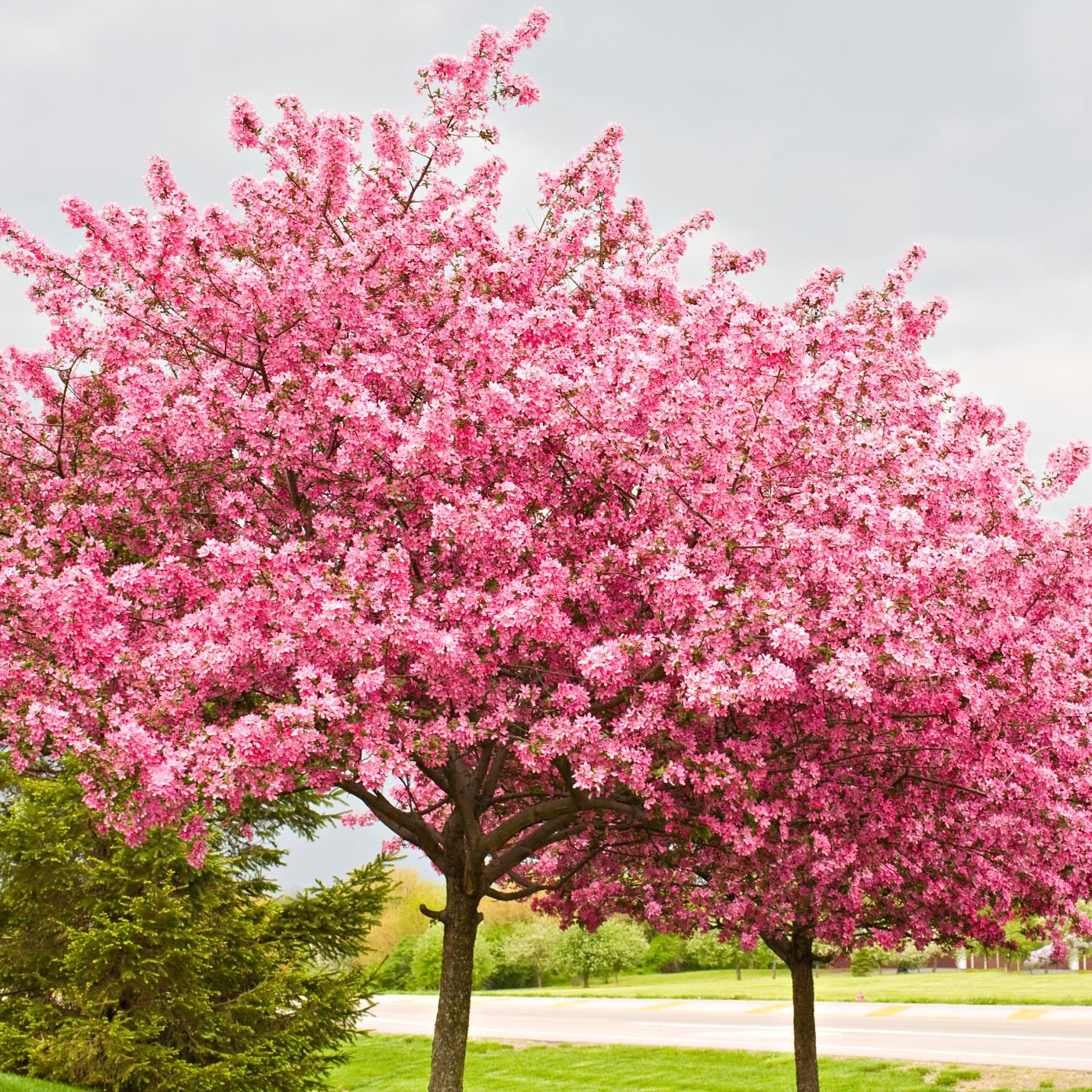Let’s clear the air: Pollen is hard to escape, but there are common-sense steps you can take
It’s about that time: Temperatures rise, trees bloom and your nose starts to run. It itches, too; you keep sneezing or coughing, and your eyes won’t stop watering. These are all signs of seasonal allergic rhinitis, also known as hay fever and most commonly caused by tree pollen that irritates your nasal passages.
Pollen from birch, cedar, cottonwood and pine are particularly big allergy triggers. And if you feel as if your symptoms are getting worse every year, you’re not crazy: Research shows pollen counts are slowly rising and expected to double by 2040. Also, if you suffer from migraines and could swear you get more of them when your allergies attack, you might be right again: Recent preliminary research linked nasal allergies and hay fever to an increase in the frequency and severity of these painful headaches.
In the past year, almost 17 million adults were diagnosed with hay fever. Steering clear of allergens is the best way to reduce symptoms, but that’s tough with billions of tiny pollen particulates in the air.
You can take steps, however, to minimize exposure; over-the-counter allergy remedies also may help, as well as prescription medications or allergy shots. Talk to a doctor to determine the best treatment plan.
10 BEST TIPS
1. Check pollen counts.
Before heading out, check the local news or visit the American Academy of Allergy, Asthma, and Immunology’s National Allergy Bureau (aaaai.org/nab) for up-to-date readings. If levels are high, limit your time outside and take allergy medications.
2. Shut the windows.
Good advice for at home and in the car to help keep pollen out. Cool with the air conditioner instead.
3. Move outdoor activities to the afternoon.
Pollen counts are usually highest from 5 to 10 a.m. If you plan to garden, mow the lawn or take on other allergen-stirring chores, wear a mask.
4. Head out on rainy days.
Moisture helps clear pollen from the air. Dry, windy days are more likely to have a lot of pollen.
5. Strip and shower.
After being outside, it’s a good idea to toss your clothes in the hamper and rinse pollen from your skin and hair.
6. Dry laundry indoors.
As nice as the fresh-air smell may be, pollen can cling to your clothes, sheets and towels.
7. Use high-efficiency filters.
They can help keep indoor air cleaner by trapping pollen and other allergens if you use forced air-conditioning or heating systems.
8. Try a neti pot.
Rinsing your sinuses is a quick, natural and effective way to flush out mucus and allergens so you can breathe easier.
9. Run OTCs by your doctor.
Some over-the-counter oral decongestants can cause side effects, including increased blood pressure and insomnia; certain nasal sprays should be used for only a few days. Your doctor or allergist can help determine the best medication for you.
10. Treat early.
Most medications work best if taken before pollen hits the air. Ask your doctor when you should start treatment; some allergists recommend treatment about two weeks before symptoms typically surface.
###
March 21, 2014usatoday.com
You may also be interested in . . .
Botanical Sexism: Does it impact allergy sufferers?
What is Botanical Sexism? Tom Ogren, horticulturist and allergy researcher, has done extensive research on ways to reduce pollen counts and pollen…
Grass Pollen Allergy: Making the Most of Summer
Summer is finally here! Longer days, days spent by the beach or the pool, and late nights catching fireflies are on the horizon. Allergies are usually…
Tree Pollen Allergy
March is finally here, and that means so is Spring. Longer days, morning walks in the garden, rain showers and rainbows are excitedly on the horizon.…



